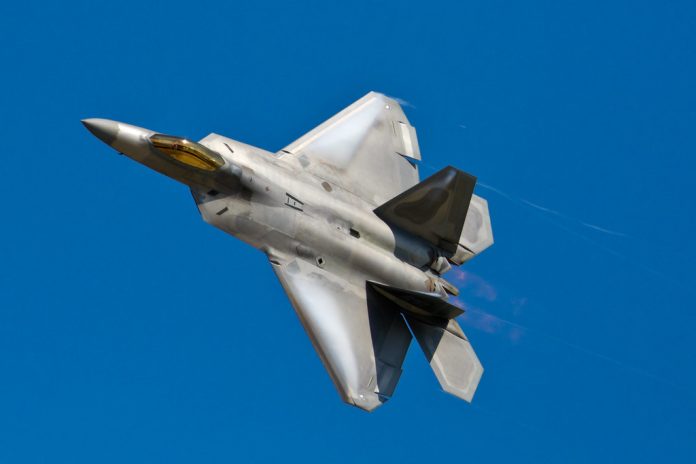
The production stoppage of the F-22 Raptor in 2011 signaled a notable change in U.S. military aviation. Emerging from the Advanced Tactical Fighter (ATF) initiative during the Cold War, this fighter was crafted to combat aerial challenges posed by the Soviet Union. Its inaugural flight in 1997 and official deployment in 2005 coincided with evolving global dynamics.
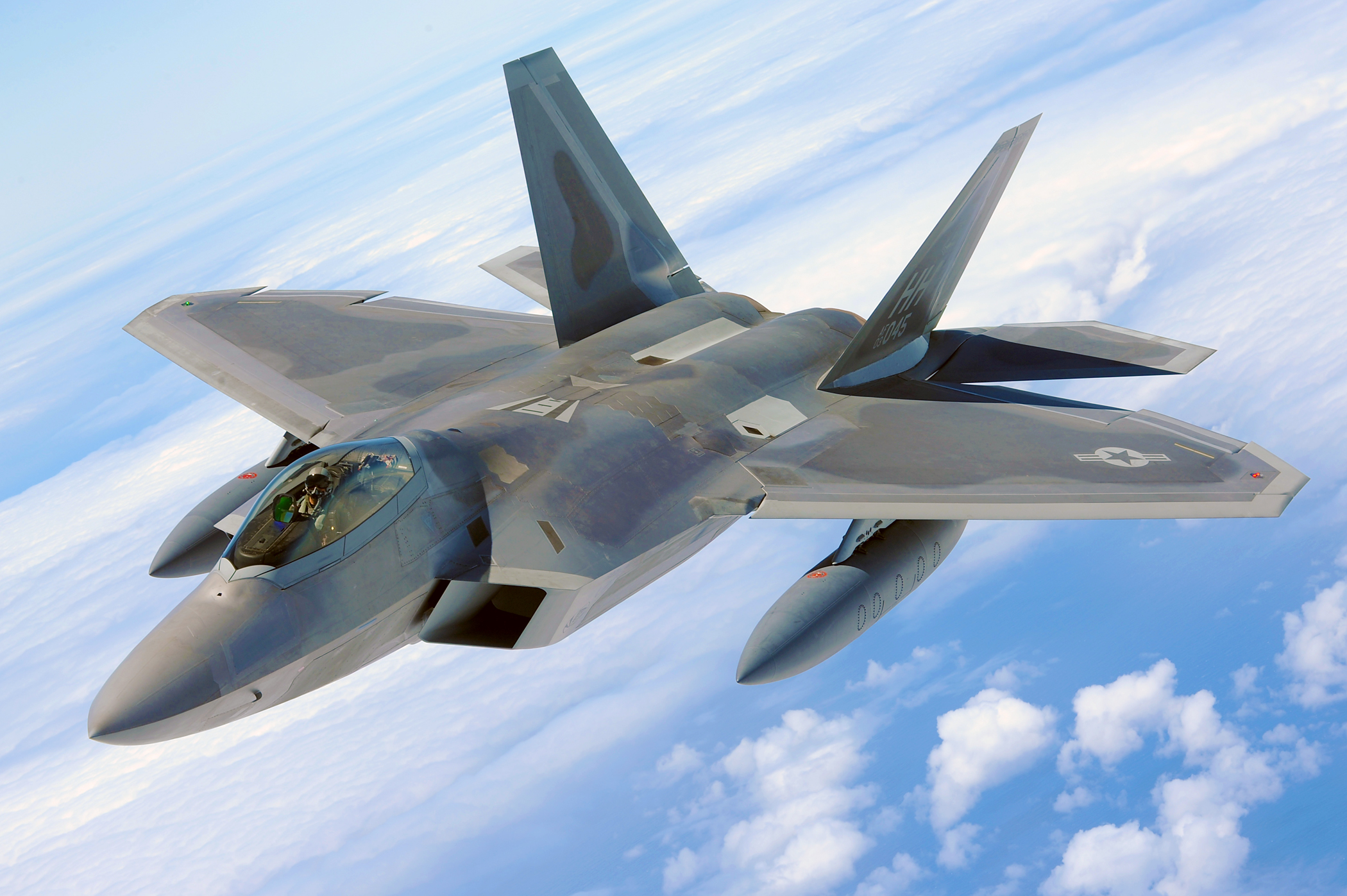
No longer facing a superpower adversary, the U.S. found itself engaged in counterinsurgency operations where the advanced capabilities of the F-22 were, for the most part, underutilized.
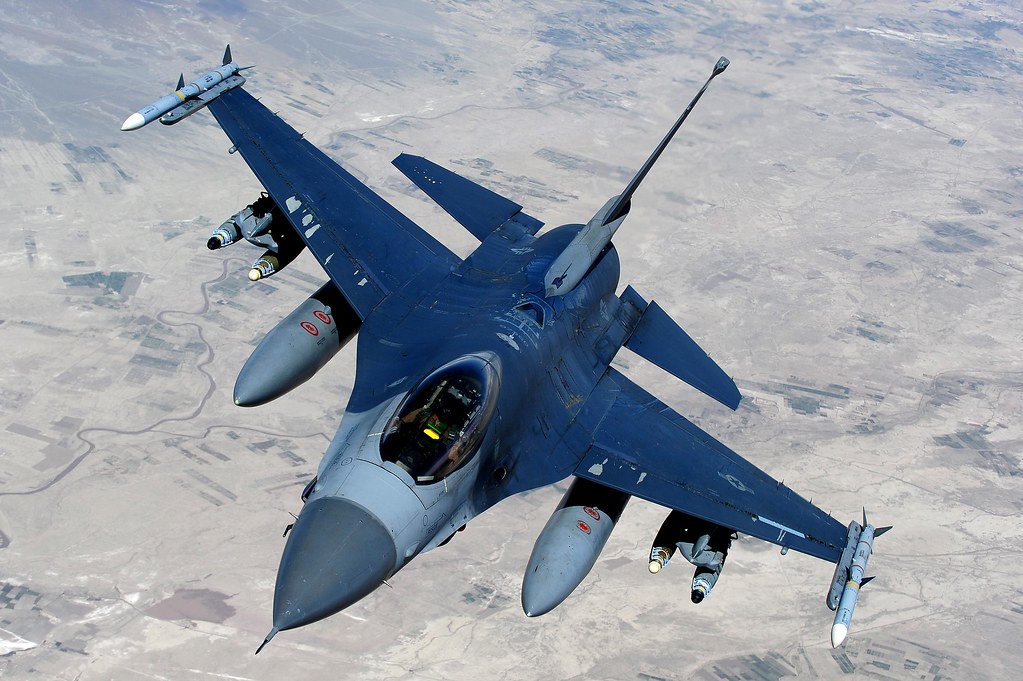
The initial vision for the Raptor was grand, with 750 units planned to replace the aging F-15 and F-16 fighter fleets.

This number was drastically cut to just 186 jets, a fleet size insufficient to fully supplant the F-15s and reshape air combat as once intended.
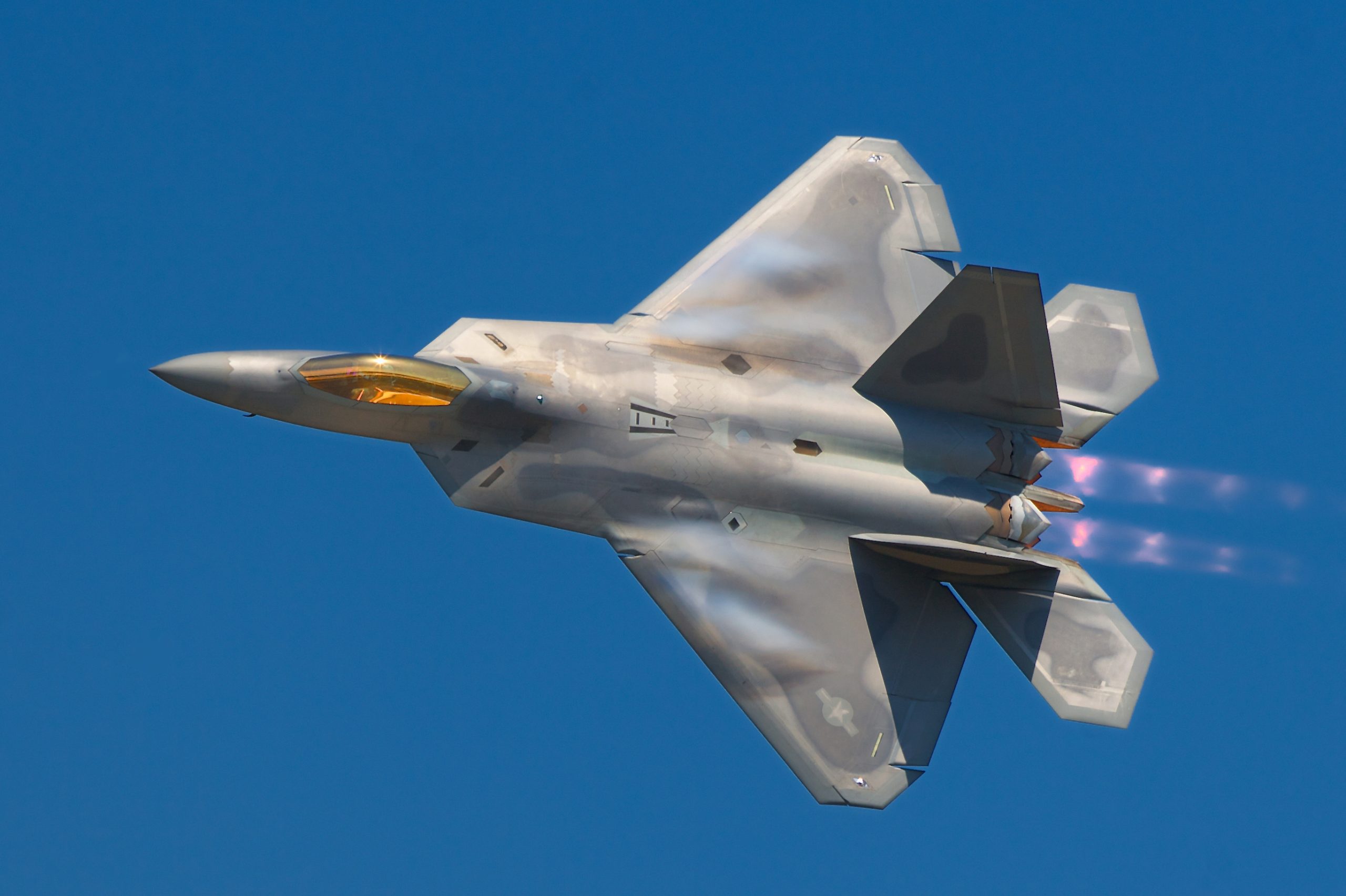
The limited production run, paired with high operational costs—approximately $33,538 per flight hour as of 2018—painted a challenging picture for the F-22’s sustainability.

A closer look at the figures reveals that the program cost was a staggering $67.3 billion, which adjusts to about $82.25 billion in 2022’s money, placing a substantial financial burden on both the U.S. Air Force and Lockheed Martin.
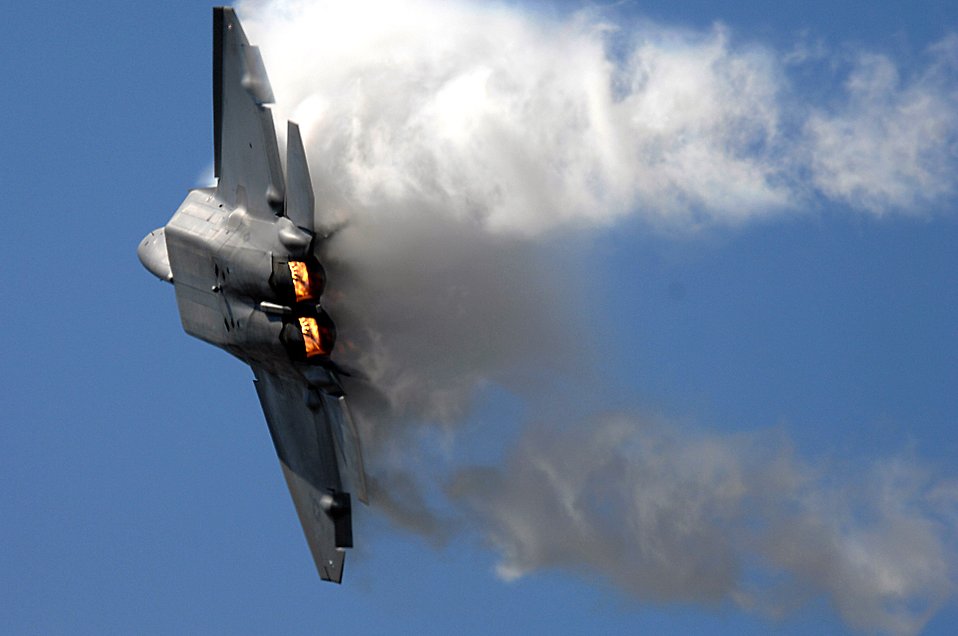
Adding to the economic strain was the aircraft’s lack of modularity. In 2022, the Air Force invested over $11 billion in updates for the F-22 fleet, hoping to extend its utility with new fuel tanks, weapons, and electronic warfare capabilities.
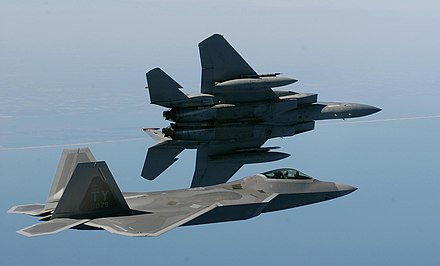
However, the avionics, a critical component of modern warfare, remained outdated. Upgrading these systems presented an almost insurmountable challenge due to the aircraft’s design, which did not anticipate the need for such extensive revamps.
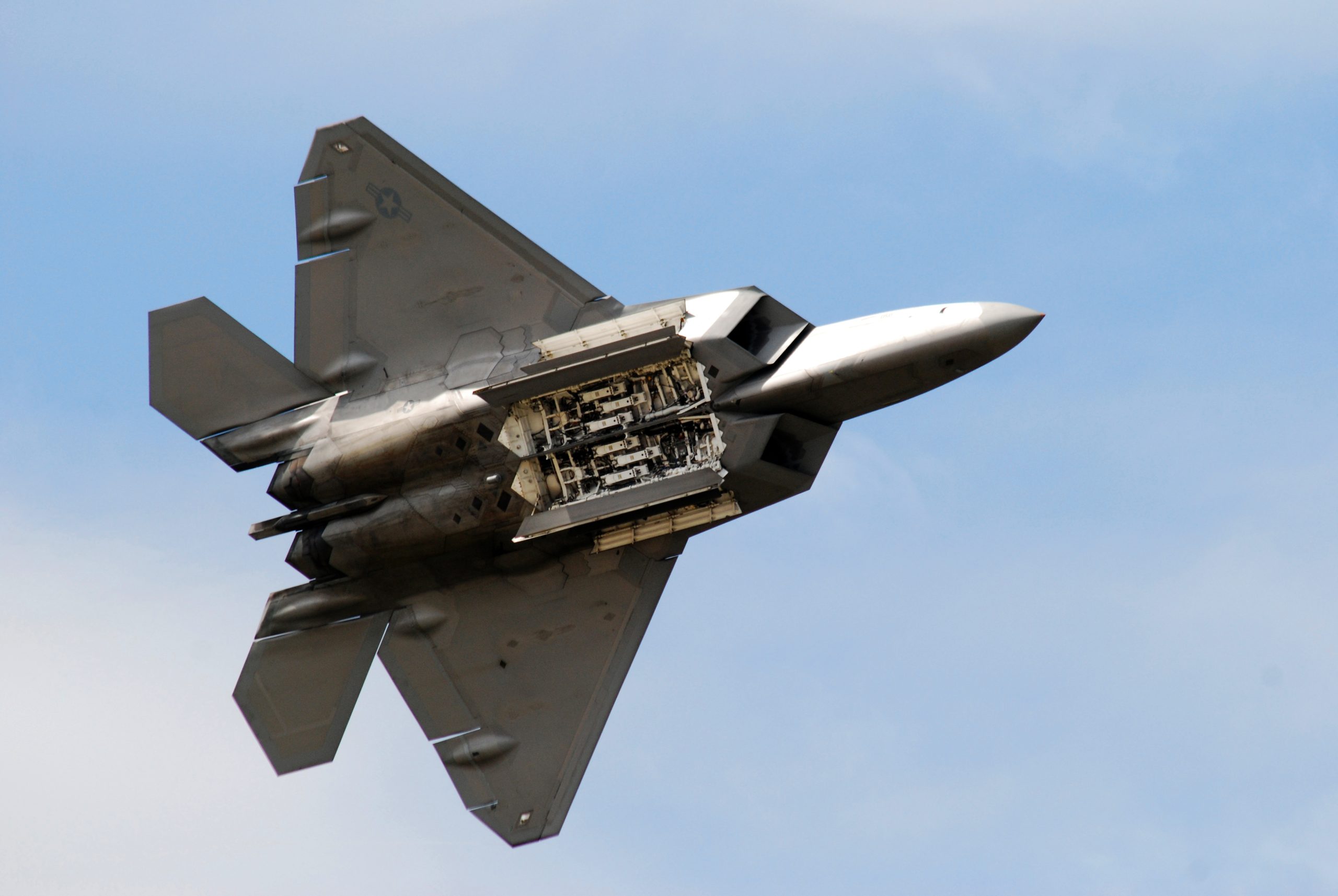
VIRGINIA BEACH, Va. (Sept. 21, 2008) An F-22 Raptor shows the crowd how it remains stealthy while carrying weapons in flight by cycling it’s weapons bay doors during the 50th Anniversary Naval Air Station Oceana Air Show. The three-day event marked 50 years of air shows at NAS Oceana and included performances by the Navy’s flight demonstration team the Blue Angels and the Navy’s parachute jump team, the Leap Frogs, as well as a variety of aerial demonstrations and static displays of military and civilian aircraft. U.S. Navy photo by Mass Communication Specialist 1st Class Edward I. Fagg/Released)
The writing on the wall became clear when the USAF announced the planned retirement of the F-22 starting in 2030.

The decision was multifaceted—high operating costs, obsolescence, and the emergence of more cost-effective and technologically superior jets such as the F-35 Lightning II played significant roles. The F-35, offering comparable capabilities at a lower cost, along with its multi-role capacity, had begun to outshine the F-22.
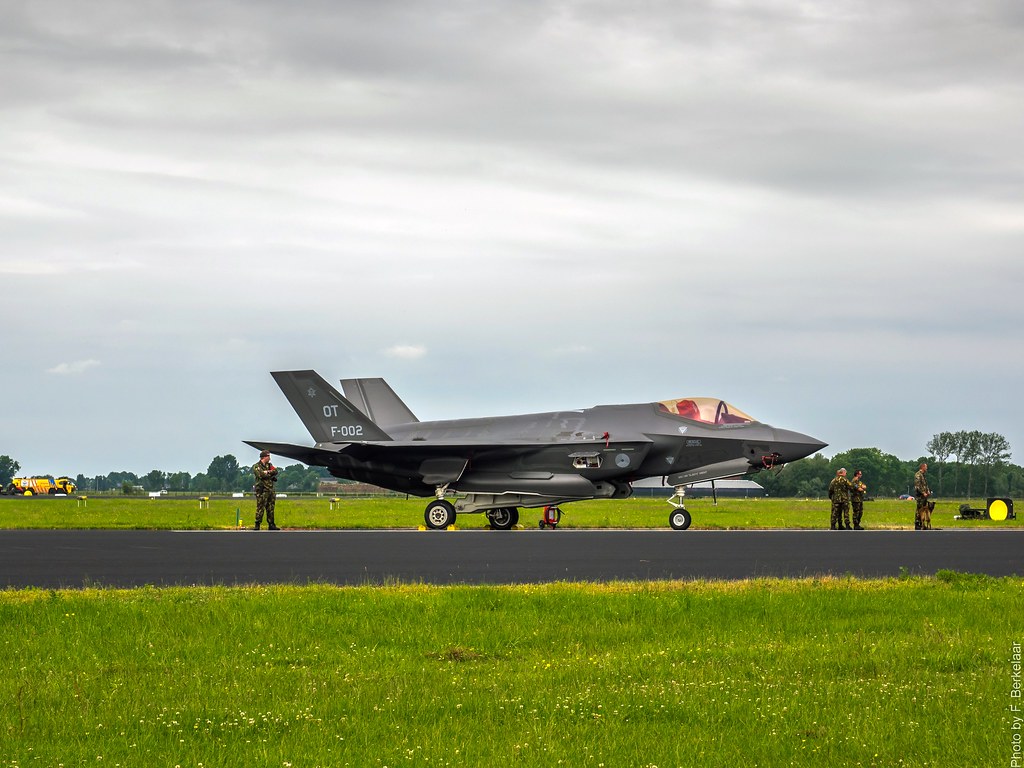
It wasn’t just about economics; the F-35 represented a new era of warfare, one that was rapidly evolving beyond the F-22’s capacity to adapt.
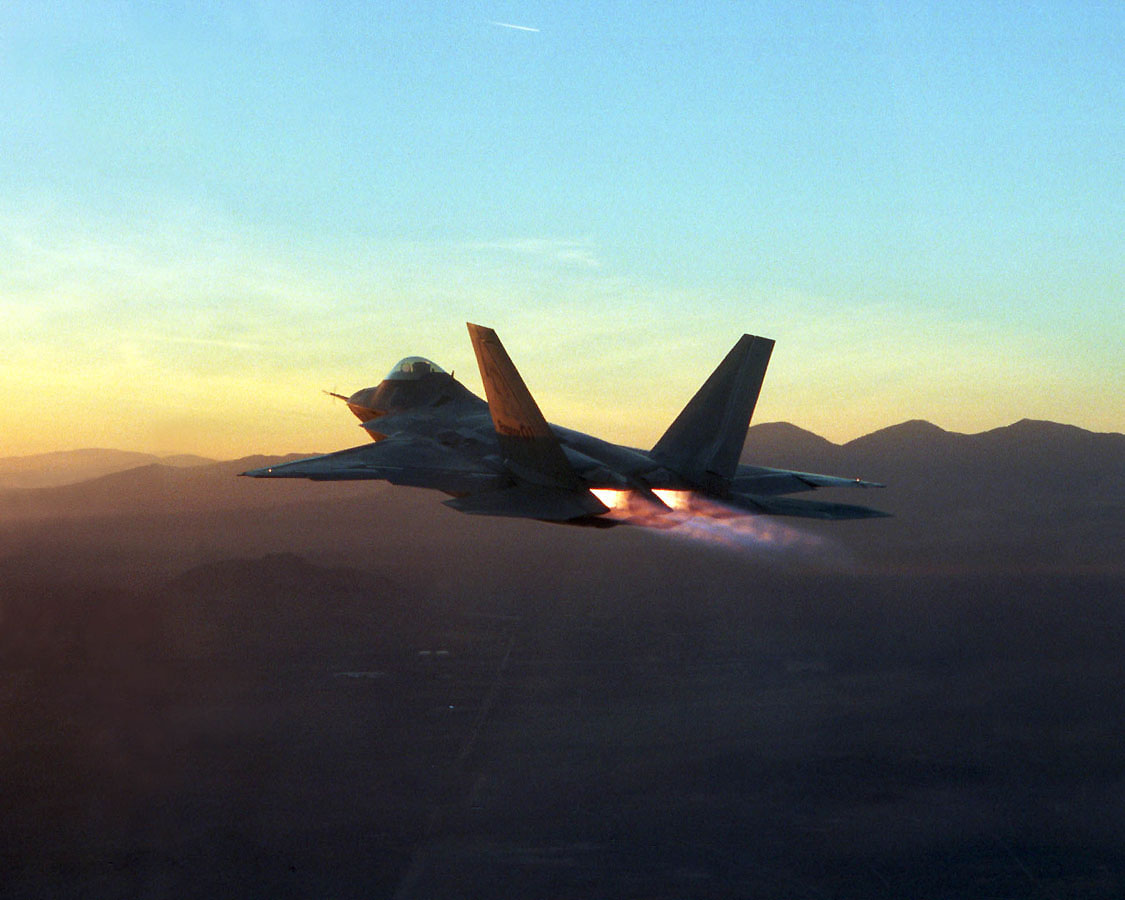
As the age of fifth-generation fighters matures, the strategic gaze now shifts towards the sixth-generation with the Next Generation Air Dominance (NGAD) program.
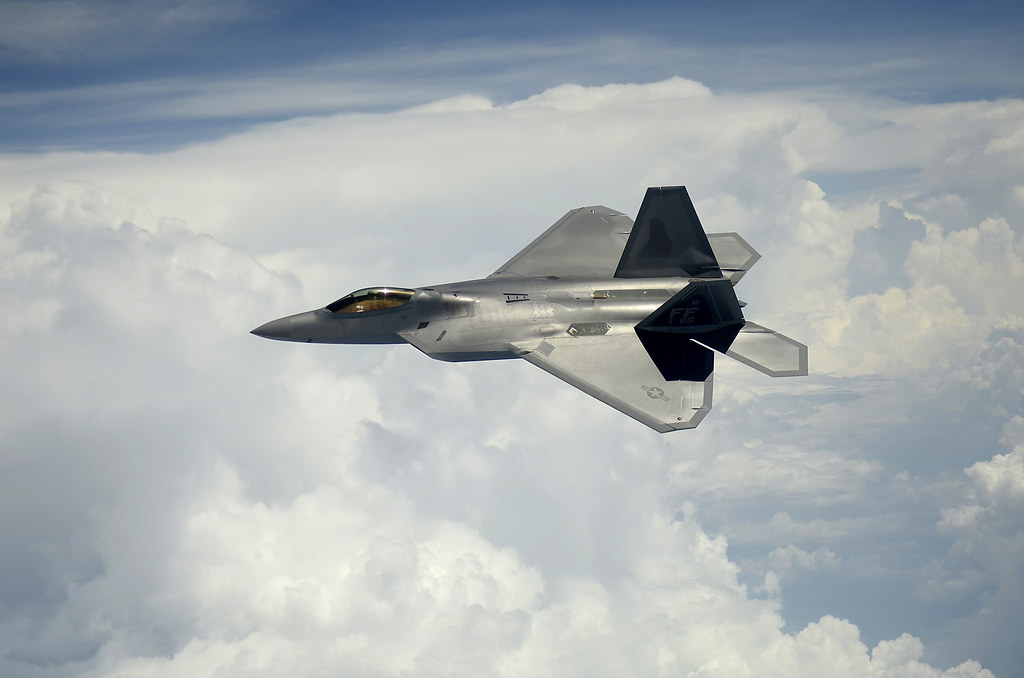
The F-22, though a revolutionary aircraft for its time, finds itself increasingly mismatched in a world where air defense systems are rapidly advancing and near-peer adversaries like China are progressing in their military capabilities. To quantify the Raptor’s position in contemporary combat aviation, it is instructive to examine its global counterparts. By the time production ceased, around 195 F-22s had been built.
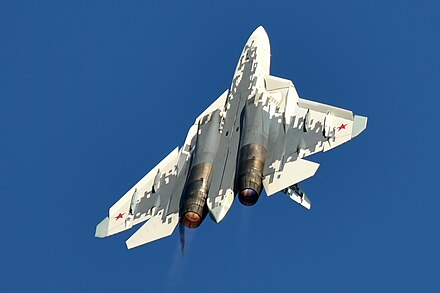
Meanwhile, China’s J-20 Mighty Dragon, a comparable fifth-generation aircraft, had only around 50 units confirmed in existence. Russia’s Sukhoi SU-57, nicknamed the “Felon,” boasted a mere 16. These numbers suggest that while the U.S. may have overestimated its need for the Raptor initially, it certainly has not fallen behind in the race for aerial supremacy.

The NGAD promises not only enhanced stealth capabilities, potentially even against low-frequency arrays but also a new approach to air combat with the integration of drone wingmen extending sensor reach and combat strategy. While details are still shrouded, the NGAD’s emphasis on technology over traditional dogfighting techniques underscores the changing nature of warfare.
Relevant articles:
– Why Was The F-22 Fighter Jet Program Cancelled?, Simple Flying
– The King is dead: Why would America want to retire the F-22?, Sandboxx, Nov 28, 2022
– Ending the F-22 Raptor’s Production Was a Very Smart Move, Despite What Fanboys Say, autoevolution, Jun 13, 2022
